He didn’t get everything right during his time at Liverpool, but there is one decision Damien Comolli got spot on.
It was in the summer of 2011 that the Frenchman rang a contact who worked with Prozone, one of the Premier League’s leading data providers, with a simple request: “Give me a name.”
Comolli was Liverpool’s director of football at the time, and looking to improve and expand the club’s analytics department. He needed somebody capable not only of obtaining and interpreting data, but of translating and communicating that data clearly to coaches and players.
He wanted someone, in his own words, “with both a football background and an analytics background.”
Whomever Comolli’s contact was, Liverpool owe them a drink or two. The name that came back was Michael Edwards, then a little-known analyst working as part of a small team under Harry Redknapp down at Tottenham.
Next Match
Comolli called him, met him and liked him.
The rest, as they say, is history.
Nowadays, Edwards is one of the most influential figures at Liverpool. He is the hidden genius who, through determination, contacts and skill, has helped build one of the world’s greatest football teams. His rise has been swift.
Having arrived under Comolli as head of performance and analysis, he easily outlasted the man who had headhunted him. He became director of technical performance, then technical director before, in November 2016, being appointed Liverpool’s first-ever sporting director.
His office at Melwood is adjacent to Jurgen Klopp’s, and the pair have forged a strong relationship since Klopp’s arrival on Merseyside in October 2015. Along with Mike Gordon, the president of Fenway Sports Group, they form the real power-base at the club.
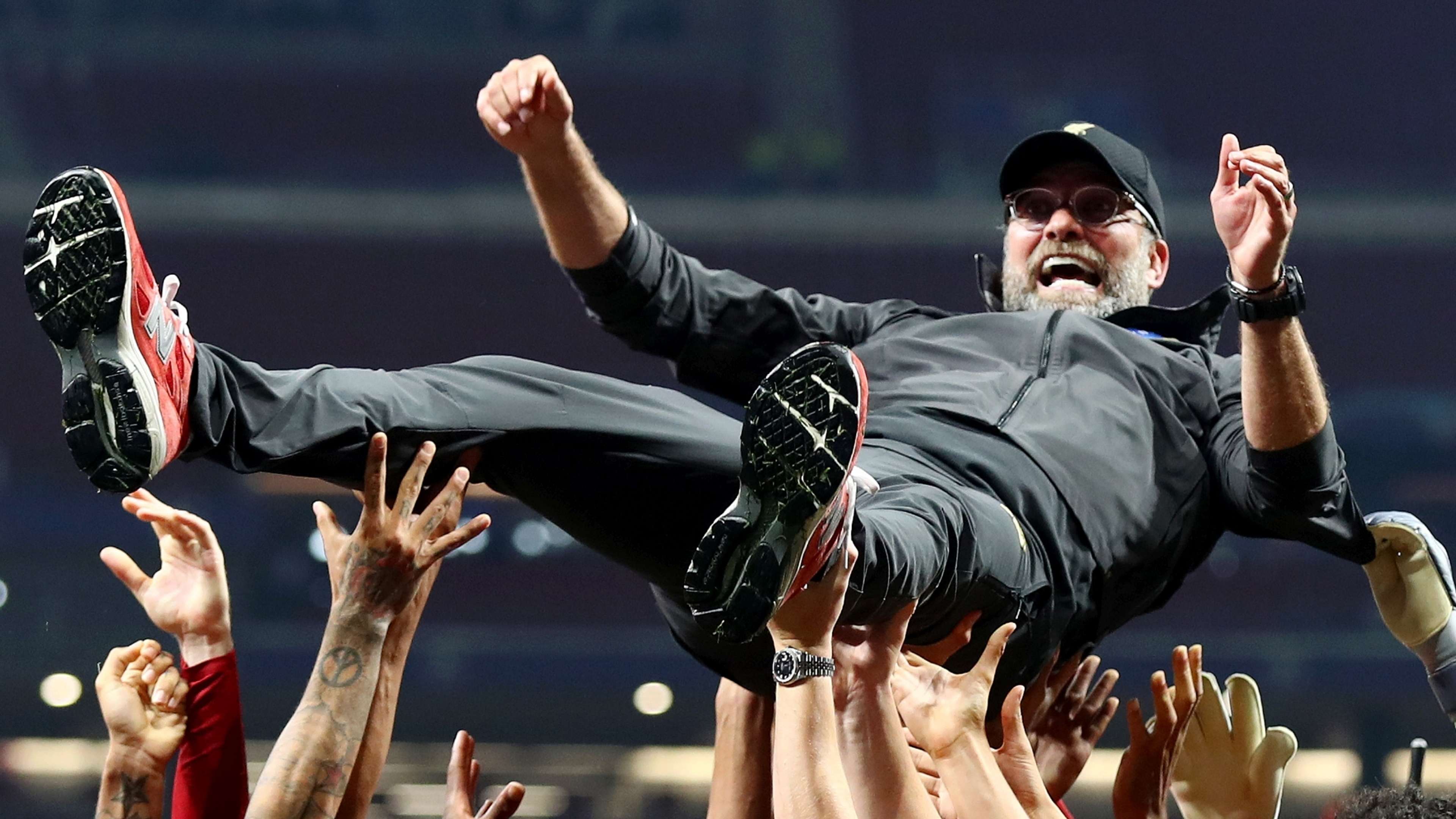 Getty
Getty
Klopp converses with both on a daily basis, and it is those relationships, and the trust which exists within them, that has allowed Liverpool to flourish off the field in recent years.
Edwards’ relationship with Brendan Rodgers, Klopp’s predecessor, was mixed at best.
Rodgers had, upon his appointment in 2012, pushed back against the idea of working under a director of football. He wanted control over transfers, he wanted his own players. He wanted “clear communication lines with the owners.”
“I always think the manager is the technical director,” he would later say. “I believe that you should take on that responsibility when you are the manager.”
Liverpool’s recruitment under Rodgers was average at best, as he, Edwards and his recruitment team often found themselves on different pages.
Rodgers felt his judgement was being questioned when the club failed (or refused) to sanction deals for players such as Wilfried Bony, Ashley Williams and Ryan Bertrand, while Edwards and his staff felt the manager could have gleaned from players such as Emre Can, Lazar Markovic and Roberto Firmino, who were not Rodgers’ picks and had been found and recommended by the club’s scouting and analytical team.
It is no coincidence that a few days after Rodgers left Liverpool in 2015, an article appeared in a national newspaper labelling Edwards as a “laptop guru” who had “done a number” on the manager from his “air-conditioned office".
In the same piece, Edwards’ close relationship with FSG, and in particular Gordon, was bizarrely held up as a negative, as was his desire to use statistical modelling to inform and improve Liverpool’s recruitment.
Memorably, one sentence claimed that Edwards and his team “have yet to explain how they came up with the figure of £29 million (€33m/$36m) to sign Firmino from Hoffenheim.”
Rodgers and his staff, sources have told Goal since, had been distinctly unimpressed with the Brazilian’s purchase, believing he lacked the speed to flourish in the Premier League.
Almost five years on, we know who had that one right. Firmino is one of Liverpool’s key players, and sits on a lengthy list of Edwards signings that have proven to be major hits at Anfield.
To his name, we can add the likes of Sadio Mane, Gini Wijnaldum, Mohamed Salah, Andy Robertson, Alex Oxlade-Chamberlain, Virgil van Dijk, Alisson Becker and Fabinho, and it would be no surprise if Naby Keita and Takumi Minamino were to join them, either.
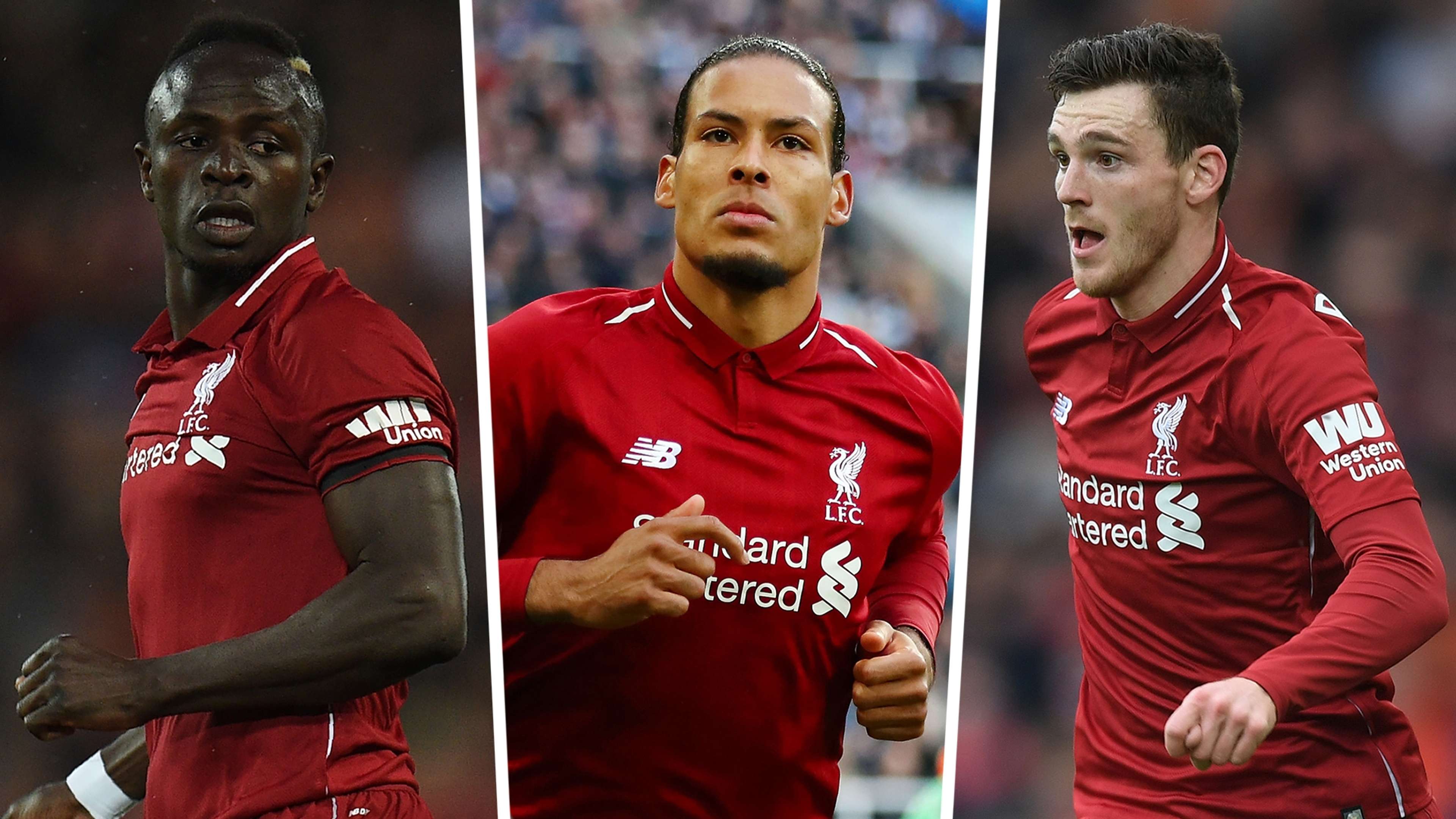
“His whole department is doing a sensational job,” said Klopp after signing his new contract back in December. The German can often be found in Edwards’ office discussing players. There is a mutual respect between the two. They can clash and debate, but their end goal is the same.
“It is all based on a lot of thought,” Klopp says. “He is a very thoughtful person and we don’t have to always have to have the same opinion from the first second of a conversation but we finish pretty much all the talks with the same opinion. Or similar opinions.”
Edwards keeps a low profile – there is no mention of him on the club’s official website, for example, and interview requests are always met with a firm “no” – but his work speaks for itself.
Together with head of recruitment Dave Fallows, chief scout Barry Hunter and a four-man research team headed up by Cambridge graduate Ian Graham, he is responsible for giving Klopp what he wants; players with speed, skill, hunger, versatility and the potential to thrive in Liverpool’s welcoming, but fiercely competitive, first-team environment.
So far, so good. It was they who convinced Klopp that Salah would score goals on Merseyside – 91 in 144 appearances so far – and that Robertson’s raw edges could be smoothed into a polished, top-class left back.
When the manager wanted proven class through the spine of his team, it was Edwards and his men who ensured that Van Dijk, Alisson and Fabinho saw Liverpool as the place for them.
“Get the agent, get the player,” is a footballing truism, and the Reds have spent more on agents’ fees than any other Premier League club in recent years. That has represented a significant change in policy.
Van Dijk and Alisson were record buys for their position at the time, while Keita, Fabinho, Mane, Salah and Oxlade-Chamberlain all cost in excess of £30m ($37m). Talent doesn’t come cheap.
Such heavy spending has, though, been offset by the club’s ability to offload players for good money.
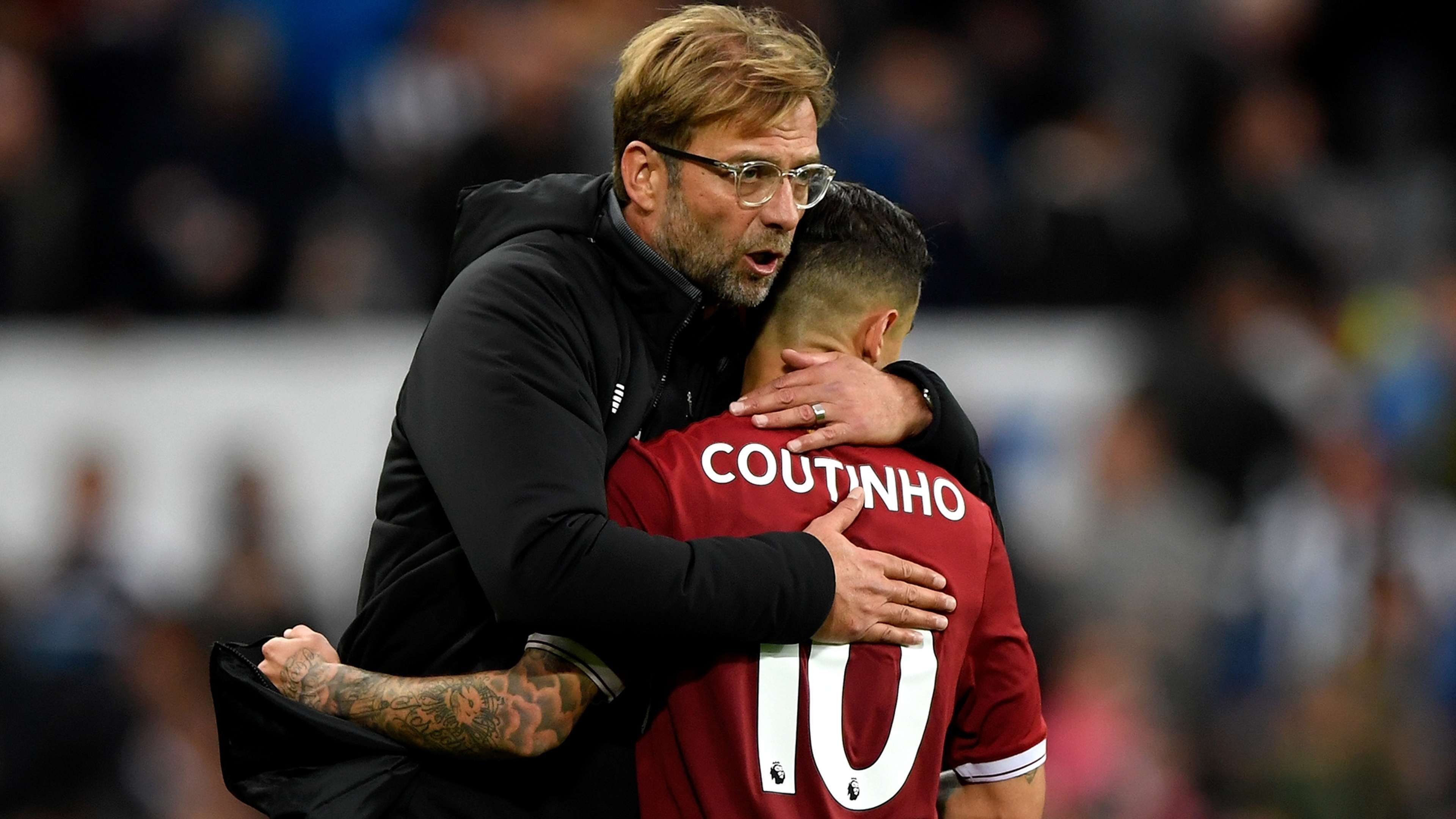 Getty
Getty
The sales of Christian Benteke, Jordon Ibe, Mamadou Sakho, Joe Allen, Danny Ward, Kevin Stewart, Dominic Solanke, Ryan Kent, Rafa Camacho and Danny Ings all raised vital funds, while Philippe Coutinho’s departure in 2018 effectively paid for the arrivals of Van Dijk and Alisson.
Edwards and his team study the market closely, and have also been able to create value through a shrewd loan policy, which may well bear fruit with the likes of Harry Wilson, Marko Grujic and Sheyi Ojo in the not-too-distant future too.
In addition, their dialogue with Klopp, as well as Academy director Alex Inglethorpe, means they are able to judge when the dip into the transfer market and when to promote from within. “Squad planning,” has been a key part of their success.
Many clubs, for example, might have bought a right-back when Nathaniel Clyne picked up a long-term injury in 2017, but Liverpool chose to spend their money elsewhere, trusting Trent Alexander-Arnold to step up.
The same is likely to happen with Curtis Jones, the highly-rated attacking midfielder who is expected to take Adam Lallana’s place in the first-team squad, and striker Rhian Brewster, who has enjoyed a productive loan spell at Swansea and is still tipped for an Anfield future. The talented Neco Williams, meanwhile, could save the club millions on an Alexander-Arnold understudy.
It all adds up to a healthy picture. On and off the field, Liverpool have made huge strides.
And with Klopp as the figurehead, and with Edwards pulling the strings behind the scenes, more success will surely follow.
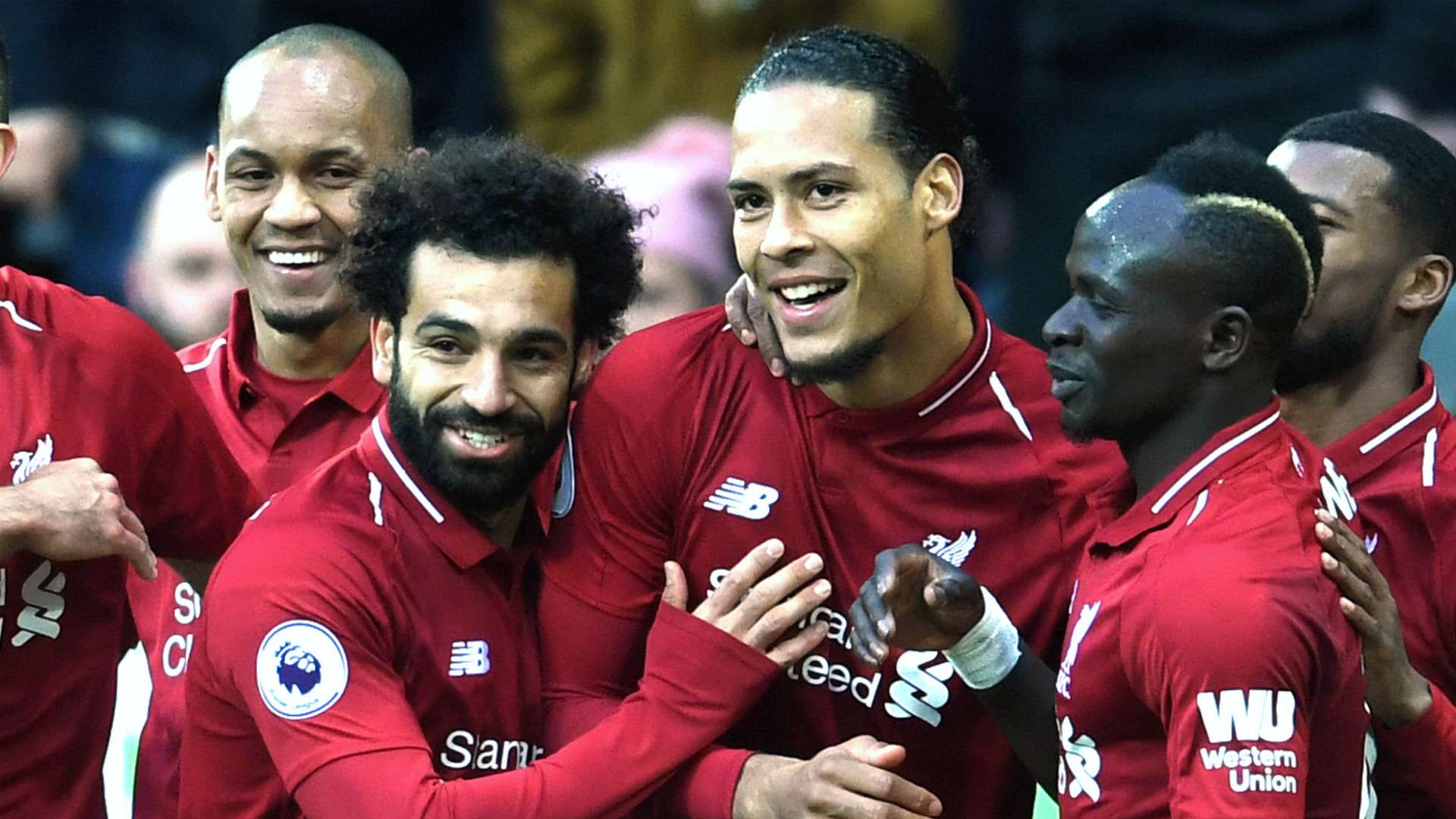


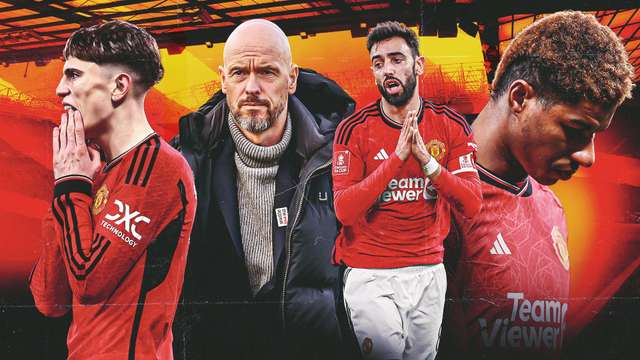

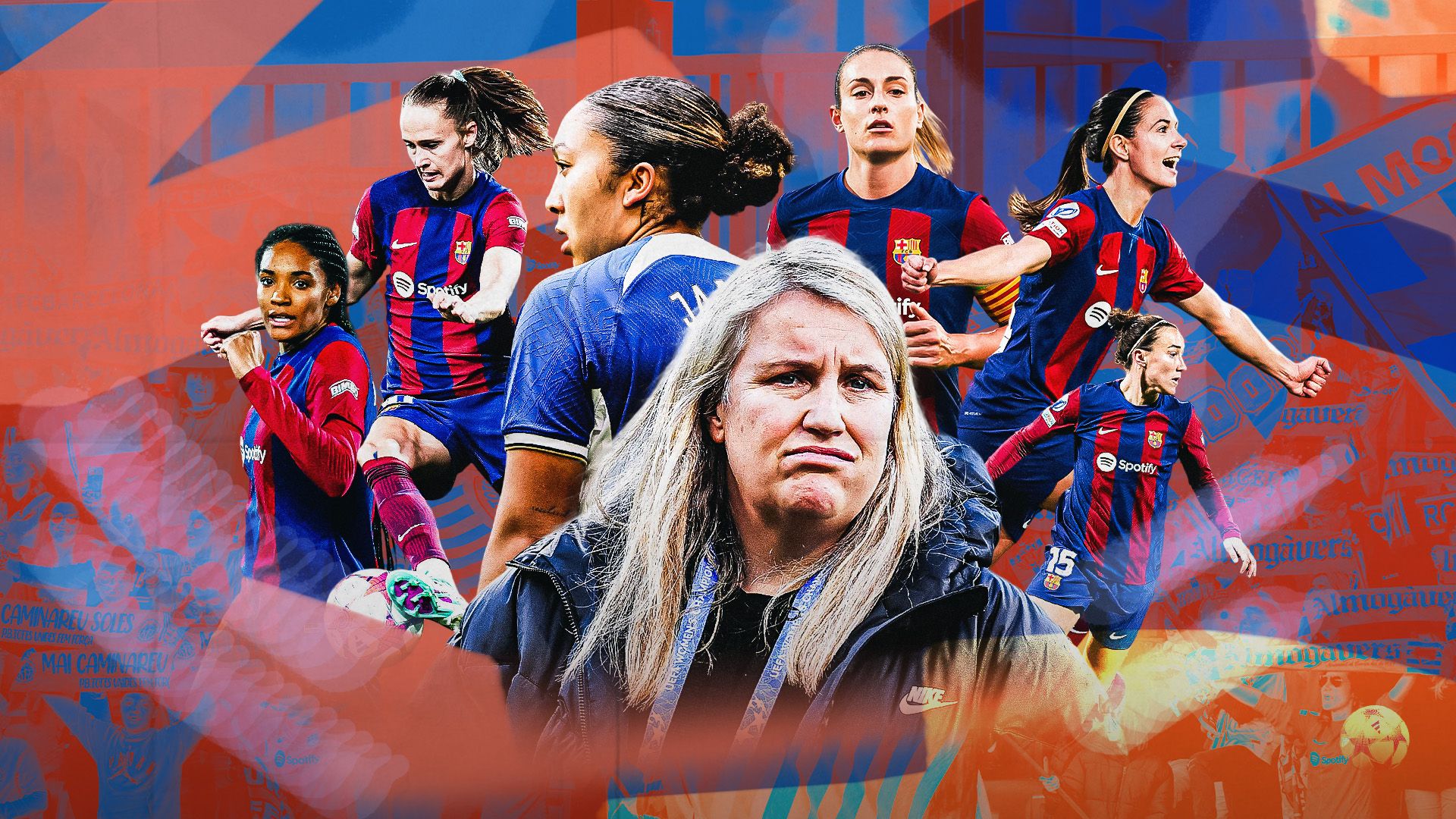.jpg?auto=webp&format=pjpg&width=640&quality=60)
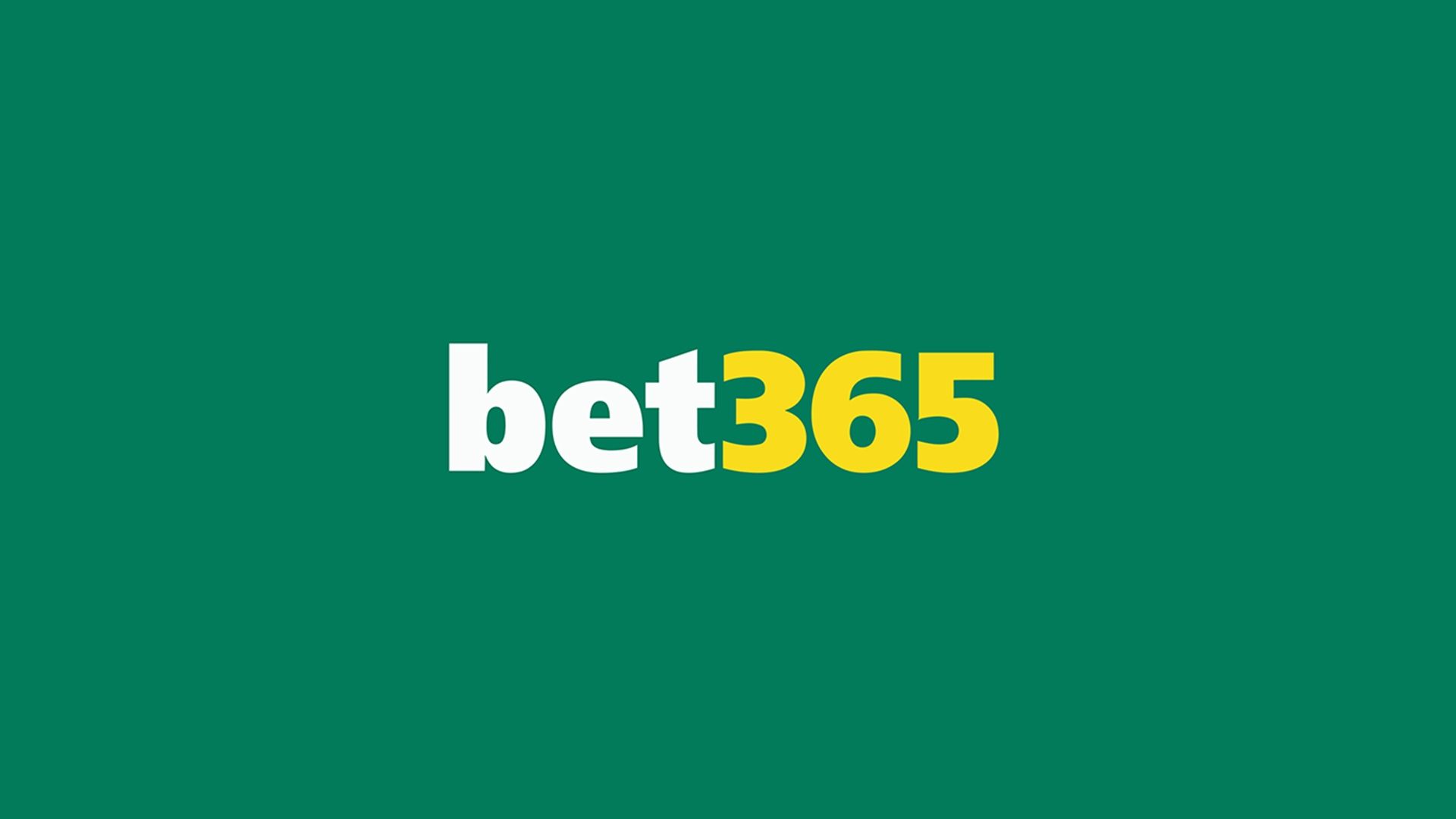.jpg?auto=webp&format=pjpg&width=640&quality=60)